ICM/Eduard 1/48th Spitfires Mk. IX in the IDF
The majority of Spitfires in the IDF service were Mk. IXe delivered from Czechoslovakia and Italy.
Spitfire no. ד 130 (for "D"). The first Spitfire in the IDF was assembled from junkyards left by the RAF and downed Egyptian Spitfires. I used ICM's kit as a platform and replaced many parts with Eduard's spares, such as undercarriages and wheels, cockpit parts including seat and instrument panel, horizontal stabilizer and rudder. Since the dimensions of both models are similar, the parts did not require significant modification. Fundecals suggested color scheme was largely adopted except for upper wing color. I found 3 photographs of the aircraft, showing that the lower and upper wing surfaces apparently had the same color, a light grey primer.
Spitfire no. 2035 was delivered from Czechoslovakia and retained the standard RAF scheme. Eduard kit was used.
Spitfire no. 79 came from Italy. The Eduard kit was an obvious choice to show the fine details.
Spitfire no. 3 was among the first Spitfires in the IDF, flown from Czechoslovakia. The Eduard model represents the final color scheme of Spitfires.
Spitfire no. 57 is still airworthy in the IDF museum. I thought that the ICM kit represents better this particular aircraft since it was coated with a thick layer of primer during the first restoration. Later, the primer was removed to show the rivet and panel patterns. Again, ample Eduard spares were fitted.

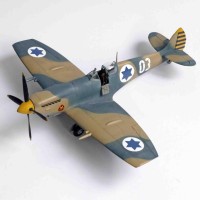
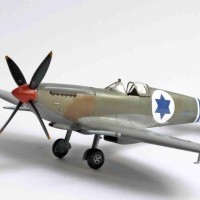
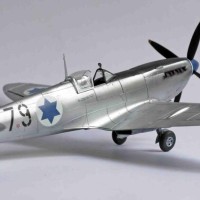
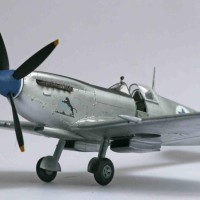

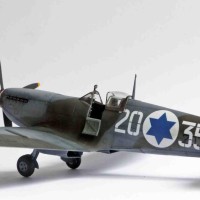
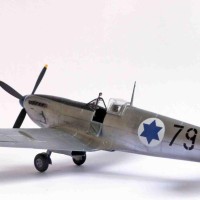
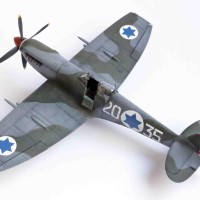
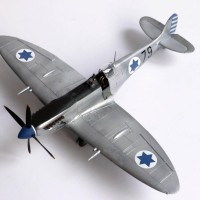
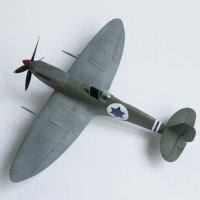
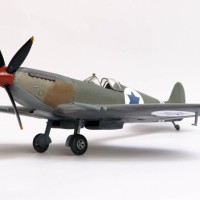
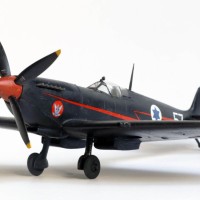
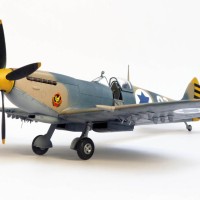
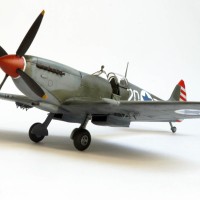
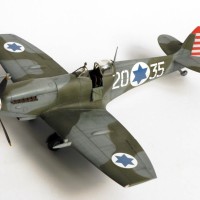
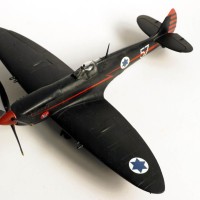
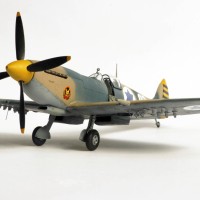
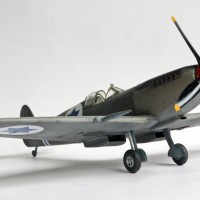

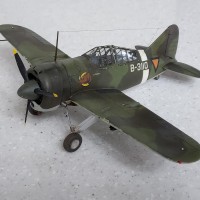
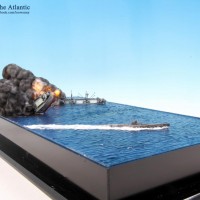
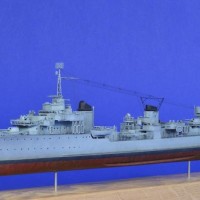
Nice collection...Well done all around.
Thanks Gary
Thank you
Awesome work on these! All are very well done. The black with red trim is particularly eye catching!
Hope you find it inspiring
Spitfires are boring, sorry, but it’s true.
If You have Spitfaire-holiose no 🙂
I agree. I prefer flying them than building. So much fun.
A wonderful collection, particularly well researched and built.
Congratulations, Rafi!
Thanks Spiros
Splendid collection, all very good models. The first one and the black version are my favourites
Thanks Pedro
Great collection, Rafi.
Thanks John
Well done on a great collection, Rafi (@blackmopane).
Thanks George
Unique group of Spitfires , all look very well made. Good work !
Thank you Jay
Fantastic collection! I love one with yellow spinner.
Thank you Lis
Wow , these are all really well finished , well done Rafi
Thank you Nell
Fantastic collection of which you can be very proud, Rafi @blackmopane
All of them equally beautiful build.
Thank you John
I never met a Spitfire I didn't like. Its seems that all pilots who have any time on a Spitfire praise the aircraft. The cliché of the Spitfire is that it flies like a home sick angel . . . which applies to Mustangs, Bear Cats etc, etc.
One of the better comments about the Spit is that you wear it like a suit and think about where you want to go and the aircraft responds.
If you've got time on a Spit good on you. Love the collection of Spits . I'm sure each one has a interesting story behind it.
Two thumbs up.
Thank you Stephen
To be honest, the controls of the Spitfire feel much like a Cessna, very sensitive but forgiving. And so it the P-51. From what I hear, the most favorable is the P-47.
Very nice collection, so well done @blackmopane! ?
Thank you Gary
I see you ran headlong into Ze Beeg Boo-boo of the ICM kit: you put the engine and mount inside the cowling - the result is it widens the fuselage just enough that while you don't notice it when the fuselage and wing subassemblies are separate, you see it when they come together and the wing is forced down to widen the attachment are to "fit" and you get a wing without dihedral. The only known way to avoid this is to assemble the cowling parts without interior, which is no small accomplishment - and why you don't see many of these built any more.
That said, they are all nice models as regards the work you put into it. The mistake was the kit designer's.
Hi Tom
These were not my first ICM Spits. I don't remember forcing the parts together. The dihedral angle may be smaller than the Eduard kits, but it is there. In any case, it was an opportunity to complete a collection using not so good kits for one aircraft that was built from scrapped and downed Spitfires. As mentioned, the black Spit was smooth, definitely not suitable for the Eduard kit unless you want to destroy the nice details.
@blackmopane - this was a problem I discovered when I reviewed these kits when they first came out. When the wing sub-assembly is separate, the dihedral is right. But just widening the fuselage a bit will force a wing subassembly that has a one-piece lower part to do that. It also used to be a common problem with the Tamiya P-51D if one put the True Details resin cockpit in without thinning the sidewalls of the kit parts. You don't notice it's happened till everything is brought together, at which point all you can do is mutter imprecations at the modeling gods.
It's one of those frustrating things that happens with small details.
You definitely have me thinking about taking one of the Eduard IXe's I have and doing black 57.
You were correct. There is about a 1 degree difference in the angle between the kits.
My father flew Spitfires in the IDF. Initially I wanted to make a small closure and do a check on the Spitfire. However, I am required to do many tail wheel hours before the check and I gave up the idea. So, this small model project was born on the basis of articles in the air force magazine that appeared more than 50 years ago. I remembered getting annoyed as a child when I read that the guns were replaced with wooden corks in black 57. But, this was enough to trace the archived article (in Hebrew) and read about the work of the restoration team.
I recommend that you do the late scheme on the basis of current photos.
The schemes described in the various decal companies and kits are not entirely correct. If you need information, please let me know.
That is a very nice gaggle of Spits! Well done.
Thank you Greg